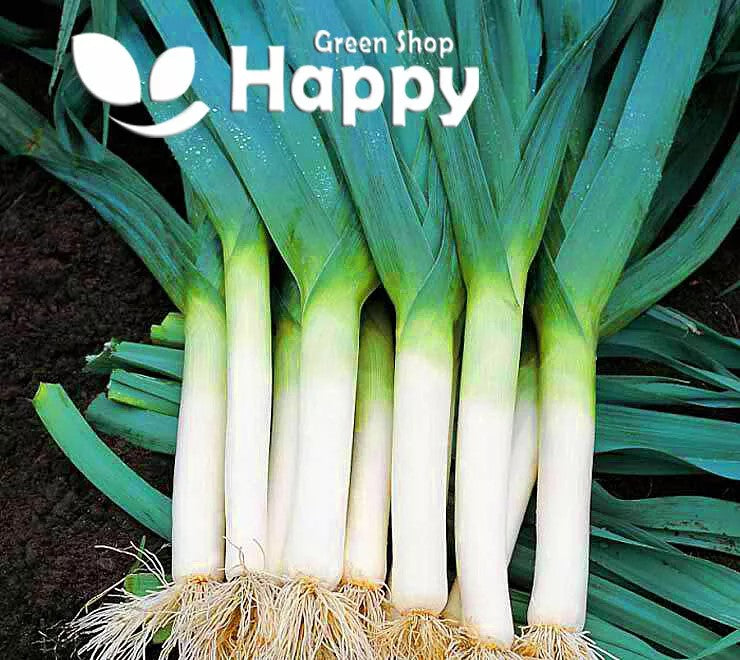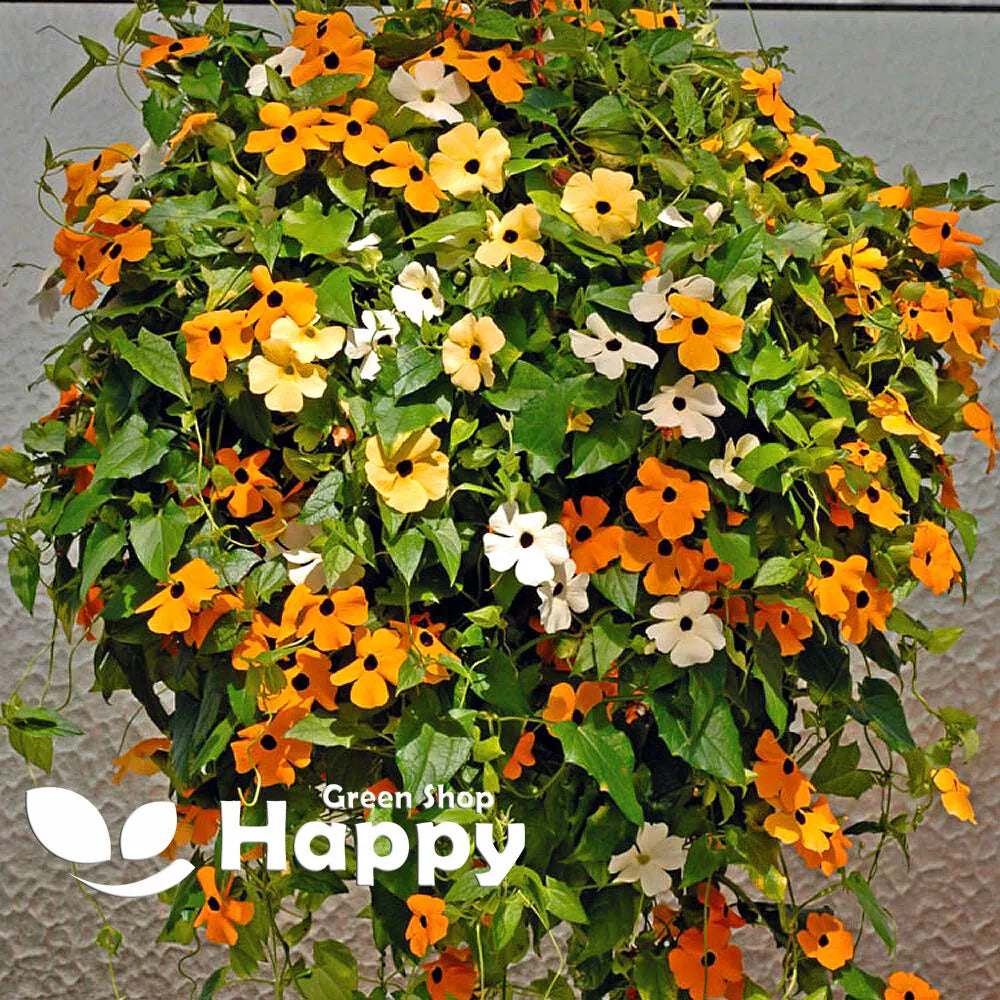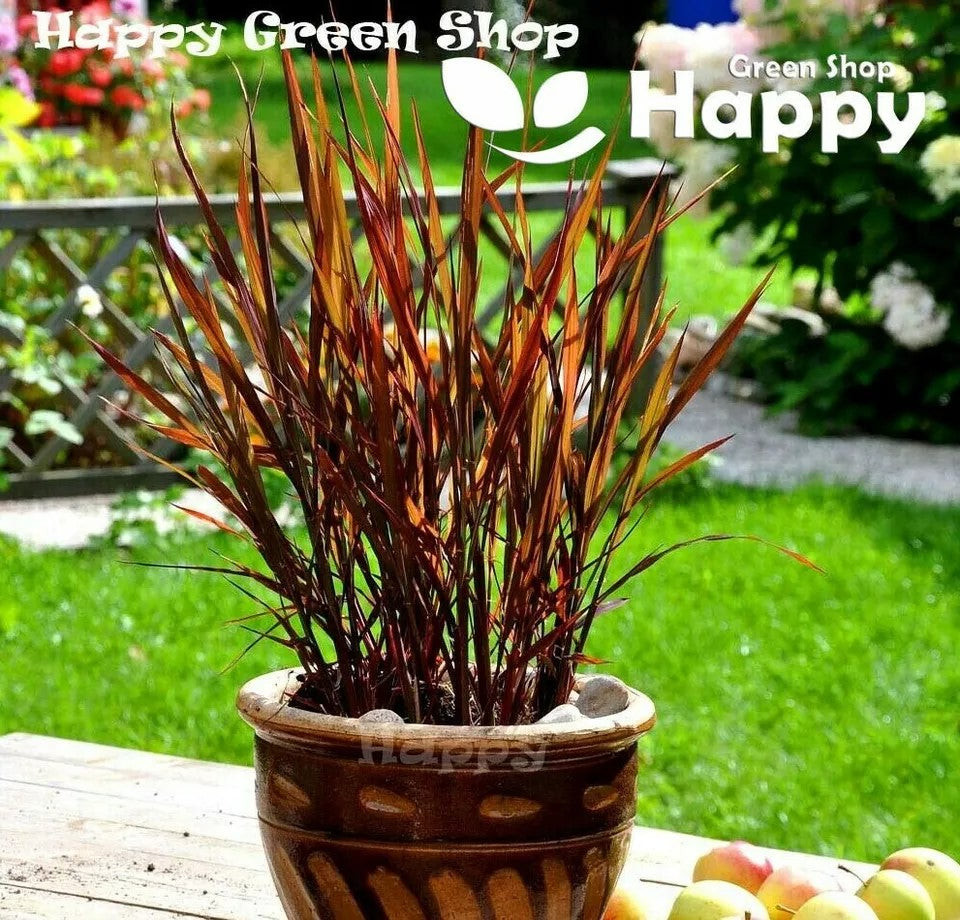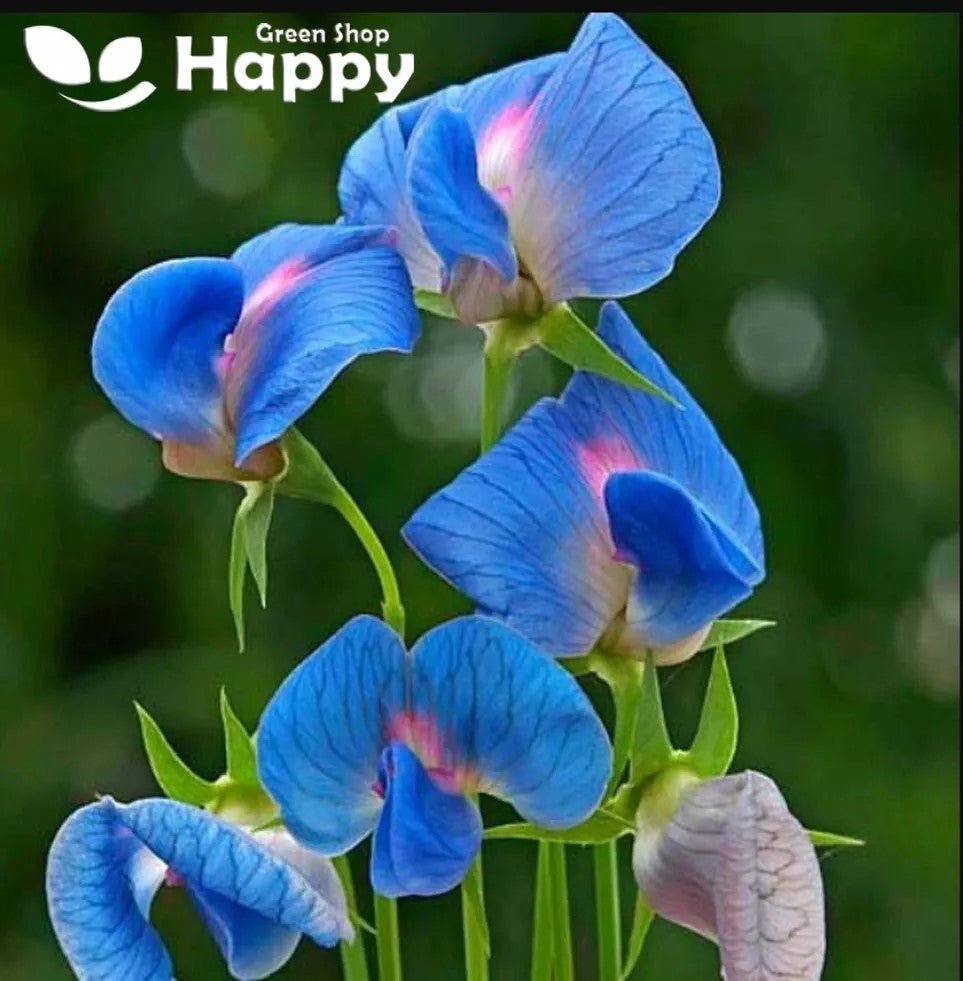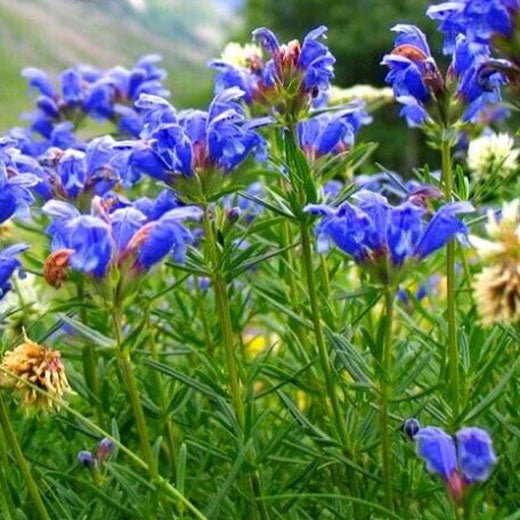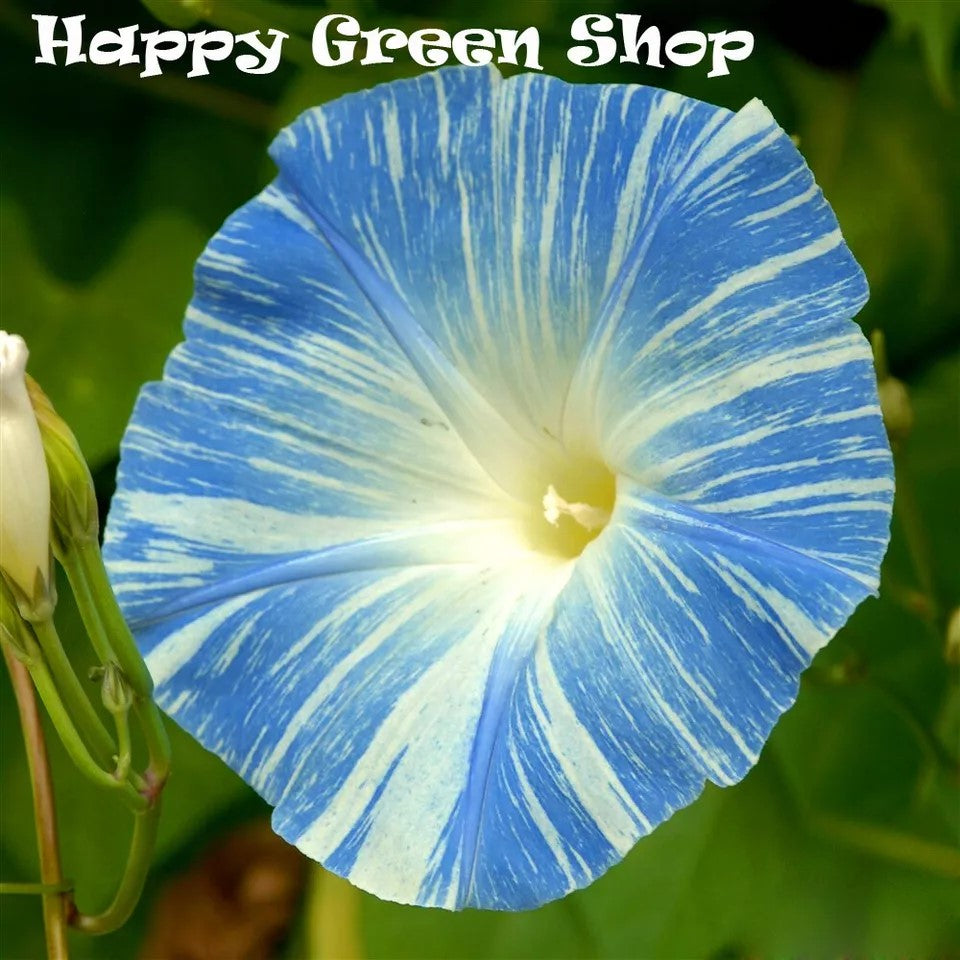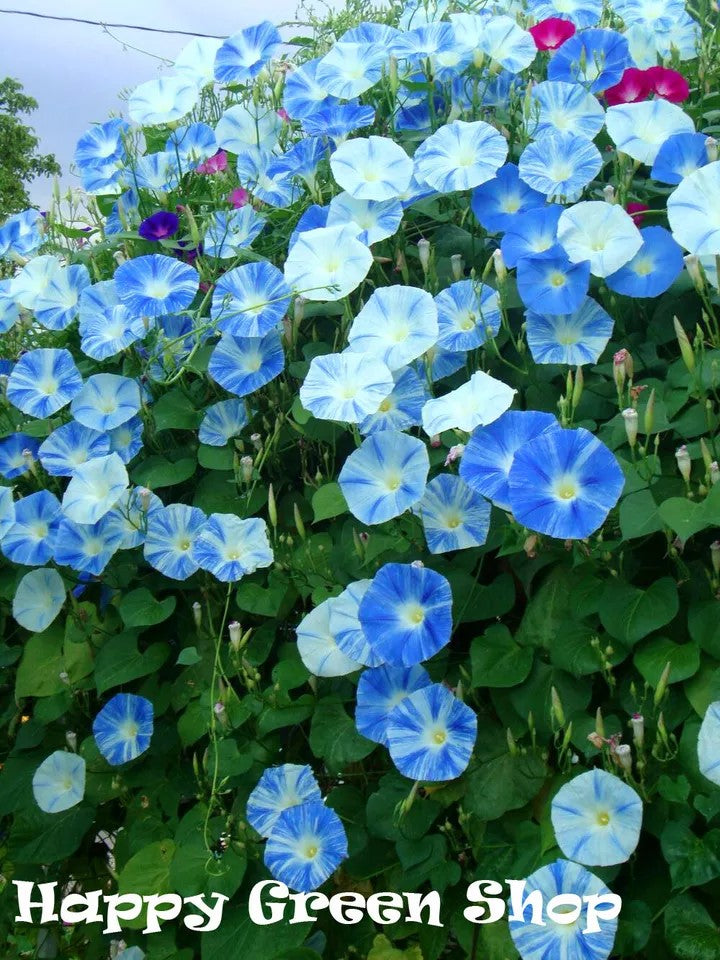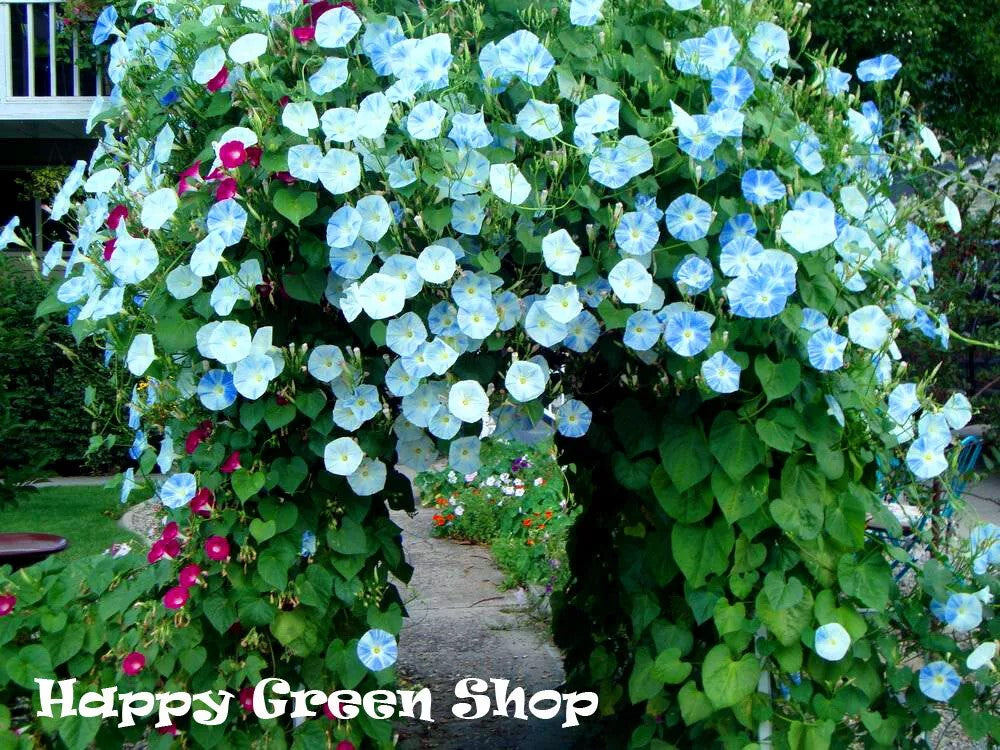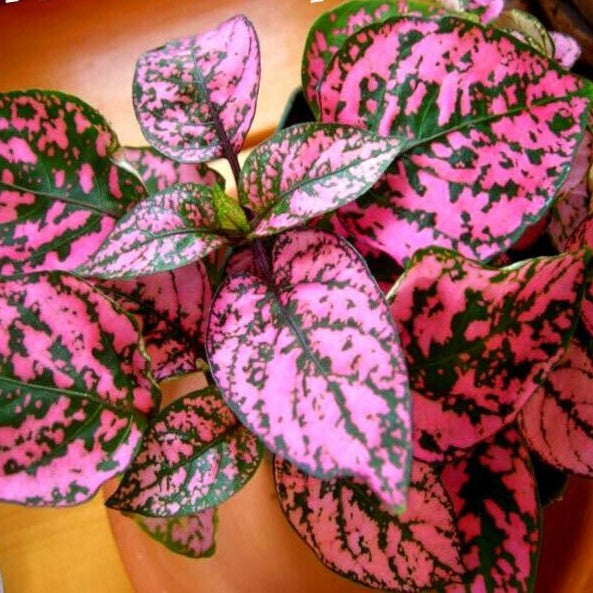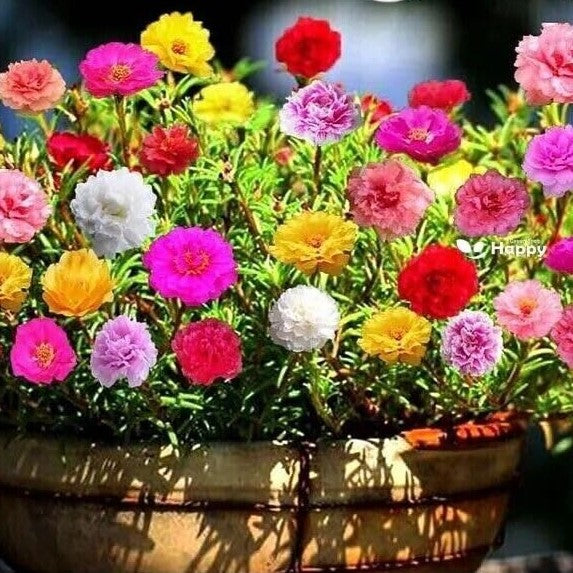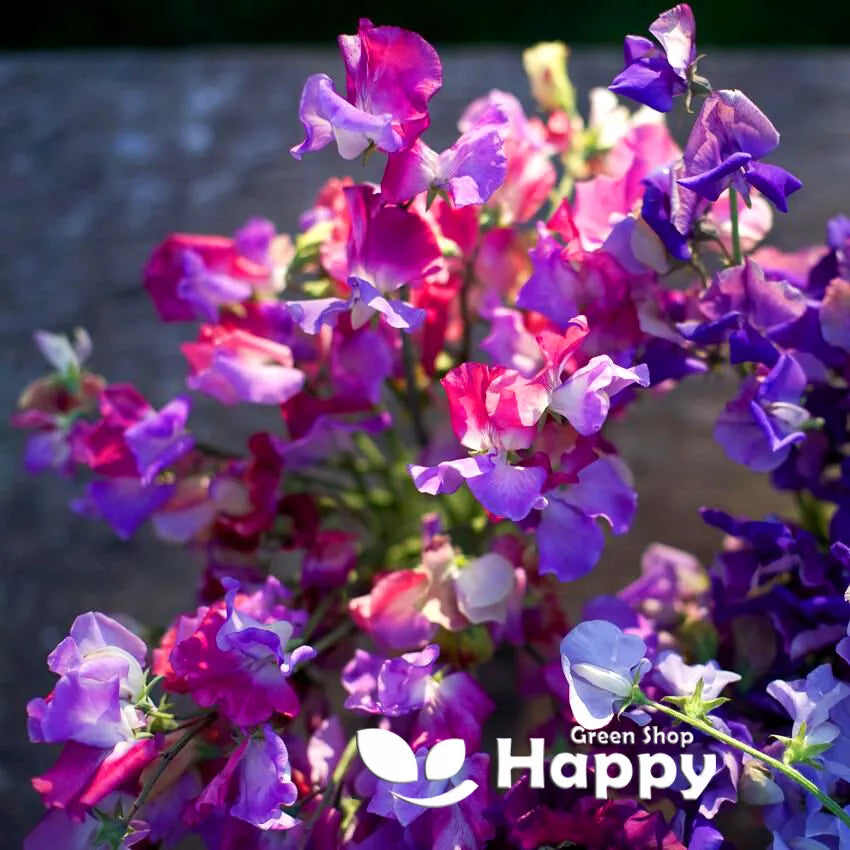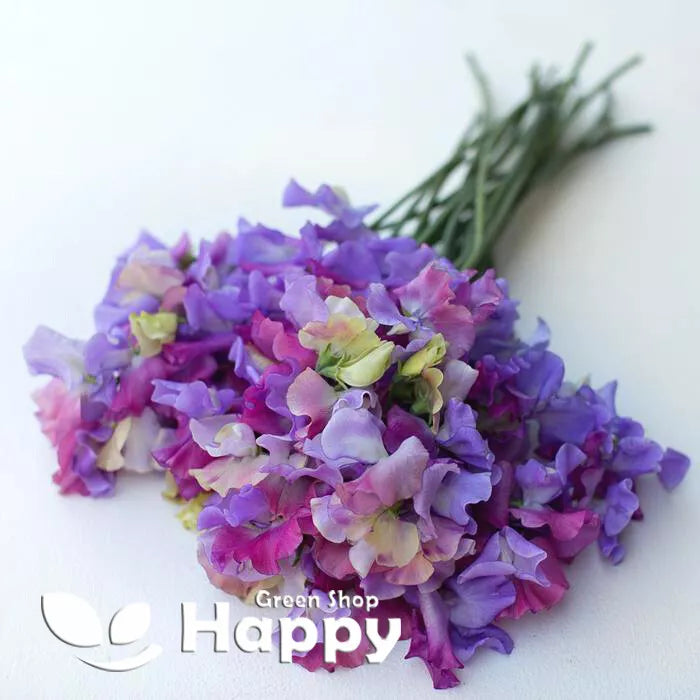Sort by:
299 products
299 products
Black-eyed Susan Mix – Seeds
(Thunbergia alata)
Black-eyed Susan Vine (Thunbergia alata) is a fast-growing climber with masses of cheerful, brightly colored blooms in shades of yellow, orange, and cream, each with a characteristic dark center. Perfect for adding a splash of long-lasting color, this mix thrives on trellises, fences, or hanging baskets, creating a vibrant display all summer long.
Why Grow Black-eyed Susan Mix?
-
Free-flowering climber with vivid blooms
-
Long season of color from summer to frost
-
Easy to grow and fast covering
-
Great for both vertical and container gardening
Key Features
-
Type: Annual climber
-
Height: 150–200 cm
-
Flowers: Summer to autumn
-
Position: Full sun or light shade
-
Soil: Fertile, well-drained
Ideal For
-
Covering fences, trellises, and arches
-
Hanging baskets and balcony displays
-
Fast seasonal screening
-
Bright summer color in any garden
Sowing & Growing
-
Sow indoors: February–April in pots/trays at 18–22°C
-
Germination: 14–21 days
-
Transplant: Harden off and plant outside after last frost
-
Outdoor sowing: Late spring in warm soil, directly where plants will climb
-
Support: Provide trellis, netting, or string for climbing habit
Ornamental Rice ‘Black Madras’ – Seeds (Oryza sativa)
Add striking contrast to your garden with Ornamental Rice ‘Black Madras’, a unique variety prized for its deep purple-black foliage and upright, grass-like habit. Its dramatic color makes it an excellent accent in borders, containers, and water gardens. While not grown for grain, this ornamental rice provides bold texture and contrast to flowering plants.
Why Grow ‘Black Madras’?
-
Unique dark purple-black leaves
-
Upright, grass-like growth habit
-
Stunning contrast in borders and pots
-
Low-maintenance and fast-growing
Key Features
-
Type: Ornamental grass (annual in cool climates)
-
Height: 40–50 cm
-
Foliage: Deep purple-black
-
Position: Full sun, moist soil
-
Use: Containers, mixed borders, water garden edges
Ideal For
-
Modern and tropical-style gardens
-
Containers and patio pots
-
Borders needing strong foliage contrast
-
Water garden or pond margins
Sowing & Growing
-
Sow indoors: March–April in warmth (20–25°C)
-
Germination: 14–21 days
-
Transplant outdoors after frost into moist soil or pots
-
Keep soil consistently damp for best foliage color
Tip: Plant in groups for maximum impact and combine with light-colored flowers for dramatic contrast.
Indian Pea ‘Azureus’ – Blue-Pink Flowers – Seeds (Lathyrus sativus)
The Indian Pea ‘Azureus’ (Lathyrus sativus) is a striking and unusual climbing annual, producing delicate blue to pink pea-like blossoms above fine green foliage. Fast-growing and drought-tolerant, it thrives in poor soils and adds a natural, airy charm to borders, trellises, and wild gardens. A hardy species, it has long been valued for its ornamental and agricultural qualities.
Why Grow Indian Pea ‘Azureus’?
-
Unusual pea-like flowers in blue and pink shades
-
Climbing habit perfect for trellises and supports
-
Hardy, drought-tolerant, and easy to grow
-
Adds a natural wildflower look to gardens
Key Features
-
Type: Hardy annual
-
Height: 100–150 cm
-
Spread: 30–40 cm
-
Flowering: June–August
-
Position: Full sun
-
Soil: Poor to moderately fertile, well-drained
Ideal For
-
Trellises, arches, and fences
-
Cottage and wild gardens
-
Pollinator-friendly plantings
-
Drought-prone or low-maintenance sites
Sowing & Growing
-
Sow outdoors: March–May directly in soil
-
Germination: 10–20 days at 15–20°C
-
Thin seedlings: 20–30 cm apart
-
Provide support for climbing stems
-
Water regularly in dry spells
Tip: Pair with other climbing annuals for a colorful vertical display.
Moldavian Dragonhead – Seeds (Dracocephalum moldavica)
The Moldavian Dragonhead (Dracocephalum moldavica) is a fragrant annual herb admired for its violet-blue flowers and aromatic lemon-scented foliage. Highly attractive to bees and butterflies, it makes a charming addition to herb gardens, borders, and pollinator-friendly spaces. Its leaves are sometimes used for teas with a refreshing citrus flavor.
Why Grow Moldavian Dragonhead?
-
Violet-blue blooms with a pleasant lemon fragrance
-
Excellent for pollinators, especially bees
-
Easy to grow and low maintenance
-
Useful as an ornamental and herbal plant
Ideal For
-
Herb gardens
-
Pollinator-friendly plantings
-
Borders and cottage gardens
-
Aromatic tea lovers
Key Features
-
Type: Annual herb
-
Height: 40–60 cm
-
Spread: 20–30 cm
-
Flowering: June–August
-
Position: Full sun to partial shade
-
Soil: Light, well-drained
Sowing & Growing
-
Sow indoors: March–April, lightly cover seeds
-
Germination: 7–14 days at 18–22°C
-
Transplant outdoors: After frost risk has passed
-
Direct sow outdoors: April–May
-
Spacing: 25–30 cm apart
Tip: Regular deadheading encourages longer flowering and stronger aroma.
Morning Glory ‘Flying Saucers’ – Seeds (Ipomoea tricolor)
Morning Glory ‘Flying Saucers’ is a spectacular climbing annual, producing large sky-blue and white striped blooms that resemble swirling galaxies. Vigorous and fast-growing, it’s perfect for covering fences, trellises, and arches, creating a dazzling vertical display throughout summer.
Why Grow ‘Flying Saucers’?
-
Striking blue and white striped blooms
-
Large flowers, up to 12 cm across
-
Vigorous, quick-growing climber
-
Attracts pollinators
Key Features
-
Type: Hardy annual climber
-
Height: 250–300 cm
-
Flowering: July–October
-
Position: Full sun, well-drained soil
-
Uses: Trellises, fences, arches, pergolas
Ideal For
-
Vertical garden displays
-
Fast summer screening
-
Adding dramatic color to outdoor spaces
Sowing & Growing
-
Sow indoors: 4–6 weeks before last frost
-
Sow outdoors: After frost, direct in soil
-
Nick or soak seeds before sowing
-
Germination: 7–14 days at 18–20°C
-
Provide climbing support
Pink Polka Dot – Seeds (Hypoestes sanguinolenta)
Pink Polka Dot Plant (Hypoestes sanguinolenta) is a charming foliage plant, loved for its vibrant green leaves splashed with pink spots. Compact and bushy, it makes an excellent houseplant, container feature, or bedding accent in shaded garden areas. Easy to grow and care for, it brings a splash of color all season long.
Why Grow Pink Polka Dot?
-
Unique pink-splashed foliage for striking color contrast
-
Compact growth, ideal for pots and containers
-
Perfect for indoor or outdoor use
-
Low-maintenance and fast-growing
Key Features
-
Type: Tender perennial (grown as an annual in cooler climates)
-
Height: 20–40 cm
-
Position: Partial shade to bright indirect light
-
Uses: Houseplant, bedding plant, containers, shaded borders
Ideal For
-
Adding vibrant foliage to indoor spaces
-
Shady borders and patio pots
-
Brightening up mixed plantings and containers
Sowing & Growing
-
Sow indoors: Early spring, lightly covering seeds
-
Keep at 18–22°C, germination in 10–14 days
-
Transplant into pots or outdoors after last frost
-
Pinch back tips to encourage bushier growth
Moss Rose Extra Double Mix Seeds (Portulaca grandiflora)
Moss Rose Extra Double Mix (Portulaca grandiflora) is a vibrant annual producing a profusion of double, colorful blooms in shades of pink, red, yellow, orange, and white. Its low-growing, spreading habit makes it perfect for rockeries, borders, containers, and sunny garden beds. Fast-growing and drought-tolerant, it attracts pollinators while brightening up any garden with long-lasting summer color.
Why Grow "Extra Double Mix"
-
Abundant double blooms in vibrant mixed colors
-
Low-growing, spreading habit ideal for ground cover
-
Long flowering period from summer to autumn
-
Drought-tolerant and low-maintenance
-
Attracts bees and butterflies
Key Features
-
Type: Annual (Portulaca grandiflora)
-
Height: 10–20 cm
-
Flowering: June–September
-
Position: Full sun
-
Uses: Rockeries, borders, containers, ground cover, pollinator-friendly gardens
Ideal For
-
Sunny borders and garden beds
-
Rockeries and container displays
-
Pollinator-friendly gardens
-
Low-maintenance and drought-tolerant planting
Sowing & Growing
-
Sow indoors: March–April in seed trays or pots
-
Sow outdoors: After last frost in prepared soil
-
Germination: 7–14 days at 18–22°C
-
Thin seedlings to 15–20 cm apart
-
Prefers full sun and well-drained soil
-
Deadhead occasionally to prolong flowering
California Poppy ‘Golden West’ – 2,500 Seeds (Eschscholzia californica)
California Poppy ‘Golden West’ (Eschscholzia californica) is a vibrant, hardy annual producing brilliant golden-orange blooms that light up borders, meadows, and large-scale plantings. Fast-growing and low-maintenance, it thrives in sunny, well-drained locations and attracts pollinators. Perfect for naturalized gardens or mass displays, it offers long-lasting summer color.
Why Grow "Golden West"
-
Brilliant golden-orange blooms
-
Fast-growing and hardy
-
Long-lasting flowering from spring to summer
-
Attracts bees and other pollinators
Key Features
-
Type: Annual (Eschscholzia californica)
-
Height: 30–45 cm
-
Flowering: May–September
-
Position: Full sun
-
Uses: Borders, meadows, naturalized gardens, mass plantings
Ideal For
-
Large-scale and naturalized plantings
-
Pollinator-friendly gardens
-
Cottage-style or wildflower borders
-
Low-maintenance, sunny garden spaces
Sowing & Growing
-
Sow outdoors: March–May directly in prepared soil
-
Germination: 10–15 days at 15–20°C
-
Thin seedlings to 15–20 cm apart
-
Prefers full sun and well-drained soil
-
Deadhead to prolong flowering if desired
Sweet Pea Enchanté – 10 Seeds (Lathyrus odoratus)
Sweet Pea Enchanté (Lathyrus odoratus) is a fragrant annual climber producing delicate, bicolored blooms in soft pink and cream tones. Perfect for trellises, fences, and arches, it adds vertical interest and a sweet scent to any garden. Long-flowering and easy to grow, it also works beautifully as cut flowers for indoor arrangements.
Why Grow "Enchanté"
-
Fragrant bicolored blooms in soft pink and cream
-
Vigorous climbing habit ideal for trellises and arches
-
Long flowering season from spring to summer
-
Perfect for cut flowers
Key Features
-
Type: Annual climber (Lathyrus odoratus)
-
Height: 120–180 cm
-
Flowering: May–September
-
Position: Full sun
-
Uses: Trellises, fences, arches, cutting flowers, vertical interest
Ideal For
-
Vertical garden displays and trellises
-
Cottage-style and fragrant gardens
-
Cut flower arrangements
-
Pollinator-friendly planting
Sowing & Growing
-
Sow indoors: February–April in seed trays or pots
-
Sow outdoors: April–May after frost
-
Germination: 10–20 days at 15–20°C
-
Provide support for climbing
-
Thin seedlings to 10–15 cm apart
-
Deadhead regularly to encourage continuous flowering
Showing 216/299


